def resolve(img_path):
image = Image.open(img_path)
new_image = Image.new("RGBA", image.size, "WHITE") # Create a white rgba background
new_image.paste(image, (0, 0), image) # Paste the image on the background.
new_image.convert('RGB').save(img_path, "JPEG") # Save as JPEG
enhancedImage = enhance(img_path)
return pytesseract.image_to_string(img_path)
def enhance(img_path):
image1 = cv2.imread(img_path)
#print(image1)
img = cv2.cvtColor(image1, cv2.COLOR_BGR2GRAY)
ret, thresh1 = cv2.threshold(img, 180, 255, cv2.THRESH_BINARY_INV)
#thresh = 50
#im_bw = cv2.threshold(thresh3, thresh, 255, cv2.THRESH_BINARY)[1]
kernel = cv2.getStructuringElement(cv2.MORPH_ELLIPSE, (1, 2))
erosion = cv2.erode(thresh1, kernel, iterations = 1)
return erosion
I'm trying to solve captcha for above images. Tried converting transparent bg to white and then enchancing the image but results are not correct.
